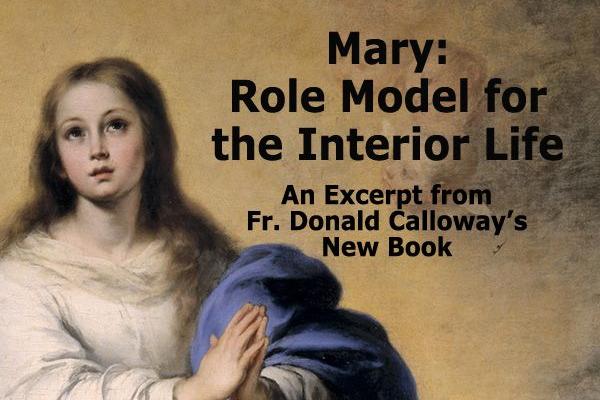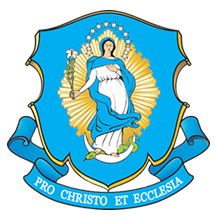
by Fr. Donald Calloway, MIC
Trust is a virtue that gives one the ability to live a deeply interior life, not being swayed by the many external happenings in life, but seeing all things as the unveiling of Divine Mercy. This is what trust meant to St. Faustina, and within this understanding of trust, she looked to Mary as both a model and a teacher in living an interior life of trust.
The 1909 Constitutions of St. Faustina's religious community [the Sisters of Our Lady of Mercy] even noted that the sisters are to live out their vocation by "heartfelt reflection on the virtues and sentiments of their Mother and Patroness, the merciful Mother of God."
Saint Faustina understood the Virgin Mary, at the supreme moment of human history - that is, the Incarnation - to be a lesson in trusting God's merciful plan of salvation: "She [Mary] believes the words of God's messenger and is confirmed in trust" (Diary, 1746). In this, Mary serves as a model and teacher of the interior life and of that wondrous virtue called trust. In fact, St. Faustina often referred to Mary as a model: "You are the model of my life" (874) and "I model my life on you" (1232).
Interestingly, the Mother of God herself conveyed to St. Faustina that she would gain for Faustina a deep interior life:
My daughter, I shall obtain for you the grace of interior life which will be such that, without ever leaving that interior life, you will be able to carry out all external duties with even greater care (785).
The fact that Mary helped St. Faustina to grow in trust through a deep interior life is a constant theme in her Diary. This modeling of her life on the Virgin Mary's trust also involved the element of trusting in the midst of sorrow, as is seen when, on the Feast of the Presentation in 1937, St. Faustina related how she wanted to be like Mary in her suffering the sword of sorrow, crying out: "Sweetest Mother, continue to teach me about the interior life. May the sword of suffering never break me" (131).
In her desire to surrender and become childlike in response to the mercy of God, St. Faustina often portrayed herself as a child of Mary. At times, Mary will call her daughter and child, and St. Faustina often referred to herself in filial terms when presenting her relationship with Mary. Aware of her own struggles in the spiritual life, St. Faustina commented in endearing terms, "Because I am so weak and inexperienced, I nestle like a little child close to her [Mary's] heart" (1097).
Father Donald Calloway is vocation director for the Marians of the Immaculate Conception in the United States. His new book can be ordered beginning in July by calling 1-800-462-7426 or online at marian.org.
















